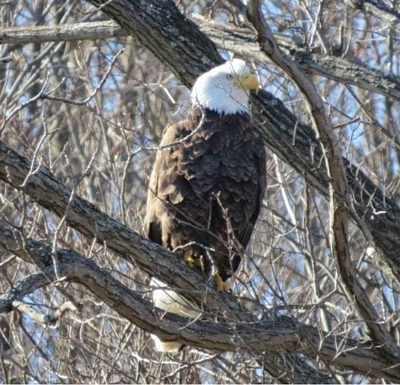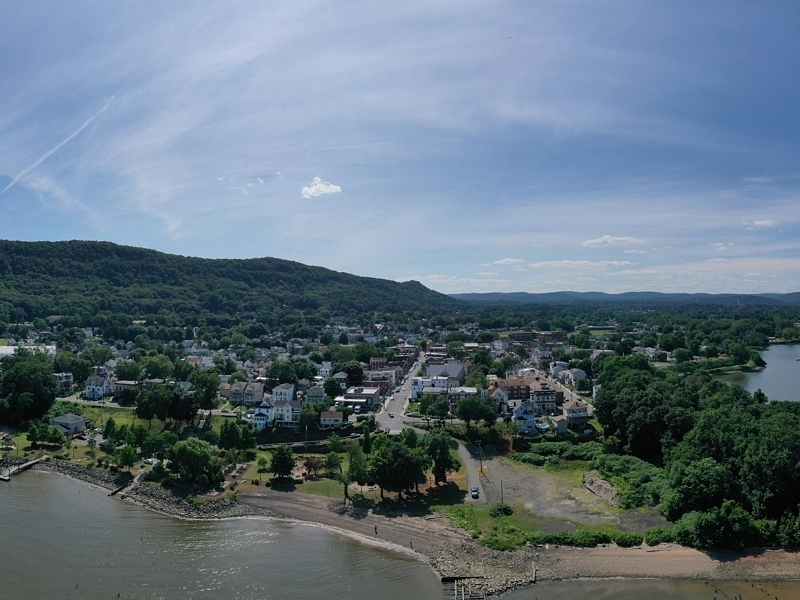Town of Blooming Grove Community Preservation Plan
Project Location: Blooming Grove, NY
Client: Town of Blooming Grove
For the Town of Blooming Grove, NPV worked with an appointed Conservation Preservation Committee to develop the adopted 2020 Community Preservation Plan which identifies parcels which should be preserved in order to protect the Town’s community character. The Town, part of the Hudson Highlands region, contains significant scenic, historic, agricultural and natural resource landscapes that make up its bucolic character, evident as one travels throughout the Town. From working agricultural landscapes throughout the Moodna Creek watershed, to the Hudson Highlands West Important Bird Area, Schunnemunk State Park and trailheads linking the Town to two important long distance trails – the Long Path and the Highlands Trail – Blooming Grove encompasses regionally significant resources. The agricultural open spaces provide a visual contrast to the iconic mountains and hills and define the overall landscape of Blooming Grove. In addition to culturally and economically important farmland, the Town contains thousands of acres of intact, uninterrupted forest lands, which are critical connections to wildlife habitats across the Hudson Highlands. Given the extensive natural, historic, scenic and agricultural resources situated in the Town, and the development pressures being brought to bear on these resources, the Town of Blooming Grove is taking steps to protect its unique community character. Of the approximately 17,000 acres in the Town (including the villages), it seeks to expand the existing 649 acres that are protected as a parkland or designated open space.
The Blooming Grove Community Preservation Plan builds upon an Open Space Inventory and identifies priority parcels and projects that are to be protected as open space in order to preserve the Town’s community character. It implements the objectives of the Town’s Comprehensive Plan and identifies mechanisms for community character protection including acquisition strategies, existing subdivision, zoning, wetland and other regulations, transfer of development rights (“TDR”) and/or purchase of development rights (“POD”).
Relevant Project Components:
- Community Preservation Planning
- Natural Resource Management
- Open Space Planning
- Comprehensive Plans
- Natural Resource Planning
- SEQRA Review
- Municipal Board Representation
- Community Engagement
- GIS Mapping & Analysis
- Public Outreach






